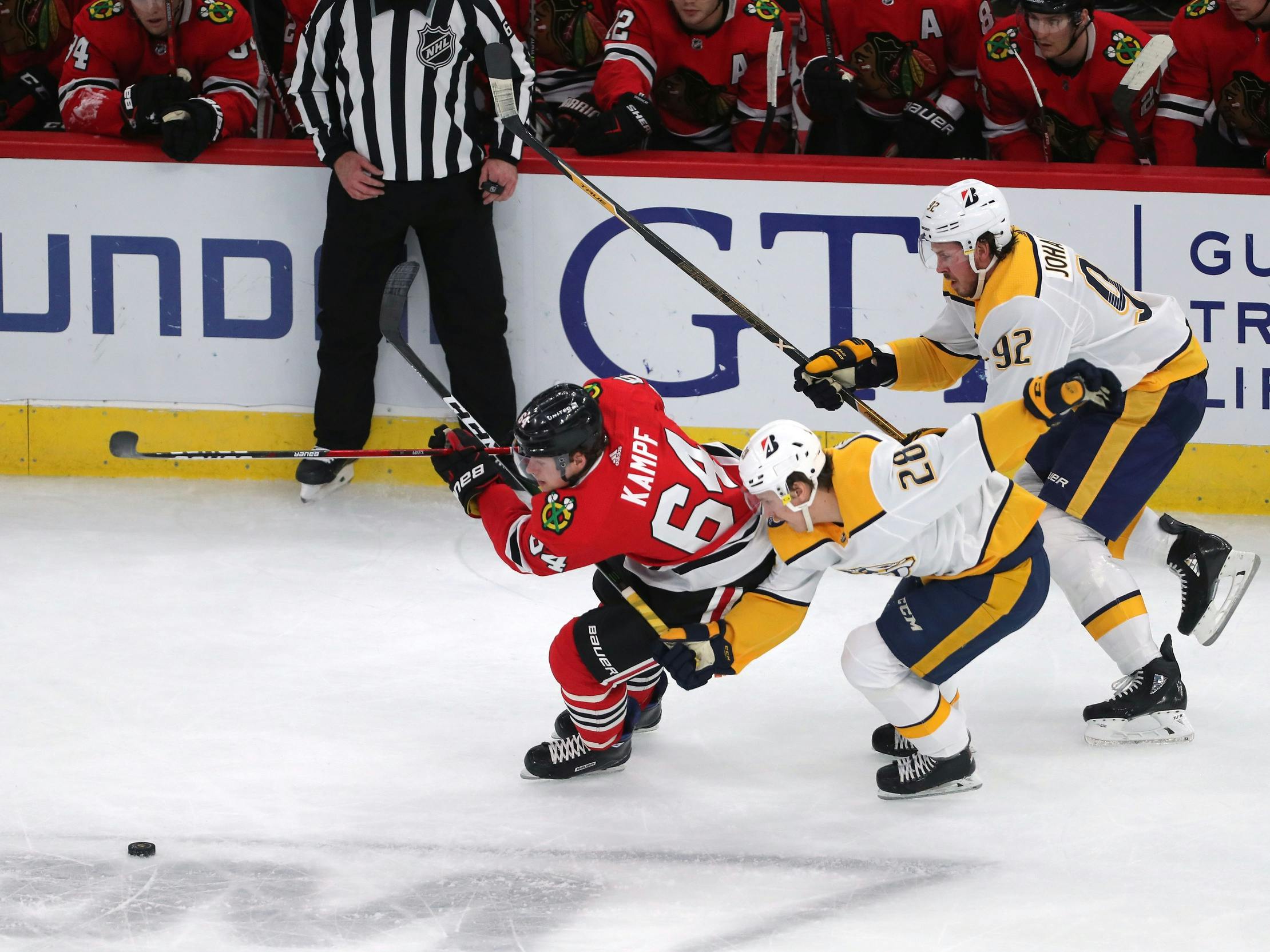Just what are the Leafs getting in David Kämpf?
Photo credit: © Dennis Wierzbicki-USA TODAY Sports
By Ryan Hobart
Aug 14, 2021, 12:00 EDT
Breaking News
- All eyes will be on Maple Leafs’ Joseph Woll in Game 4
- NHL betting preview (May 11): Maple Leafs vs. Panthers Game 4 predictions
- Injury be damned, the Leafs need a monster performance from their captain in Game 4: Leafs Morning Take
- Mitch Marner on why Matthew Knies is an important playoff presence: ‘He’s got a big body’
- Craig Berube would like Bobby McMann to simplify his game, get to blue paint
